Last Updated on May 24, 2024
INTRO: It’s a story we’ve all heard before. A group of friends stray off the beaten path and end up having to fight for their lives. This has served as the set-up for many classic horror films and thrillers. Back in the early ‘90s, director Stephen Hopkins used it as the set-up for an action movie that has an awesome cast. Emilio Estevez, Cuba Gooding Jr., Jeremy Piven, and Stephen Dorff play the friends fighting to survive. Denis Leary is the leader of the criminal gang out for their blood. Unfortunately, not a lot of people went to see the movie when it was released… but they did make the soundtrack a hit. The movie is called Judgment Night, and it’s time for it to be Revisited.
SET-UP: Judgment Night started out as a spec script written by Kevin Jarre, whose other credits include Rambo: First Blood Part 2, Glory, and Tombstone. Working from a story idea by Richard DiLello, Jarre wrote the initial script – copyrighted under the title “Judgment Night, a.k.a. Escape” – in the late 1980s. It was dark and violent, but production company Largo Entertainment snatched it up quickly and found a home for the project at Universal Pictures. Then the script went through a whole lot of rewrites. Halloween and Escape from New York filmmaker John Carpenter wrote his own draft of the script. So did The Terminator and Terminator 2 co-writer William Wisher. Braveheart writer Randall Wallace. Christopher Crowe, who worked on The Last of the Mohicansand the Mark Wahlberg thriller Fear. And novelist Jere Cunningham, who had written Hunter’s Blood. A similar story about friends on a hunting trip being menaced by backwoods psychos. All of the writers presumably held onto the basic idea of outsiders running into trouble with a gang of criminals. But the scope of the action sequences and the settings varied wildly. There were drafts of the script that involved bikers in the desert outside of Los Angeles. And motorcycle chases across rooftops.
Universal spent so much time developing and rewriting the project, they were in danger of losing their option on it. According to the website That Shelf, 20th Century Fox was interested in acquiring Judgment Night if Universal lost it. And since they didn’t want Fox picking up their scraps, Universal finally gave the film the greenlight.
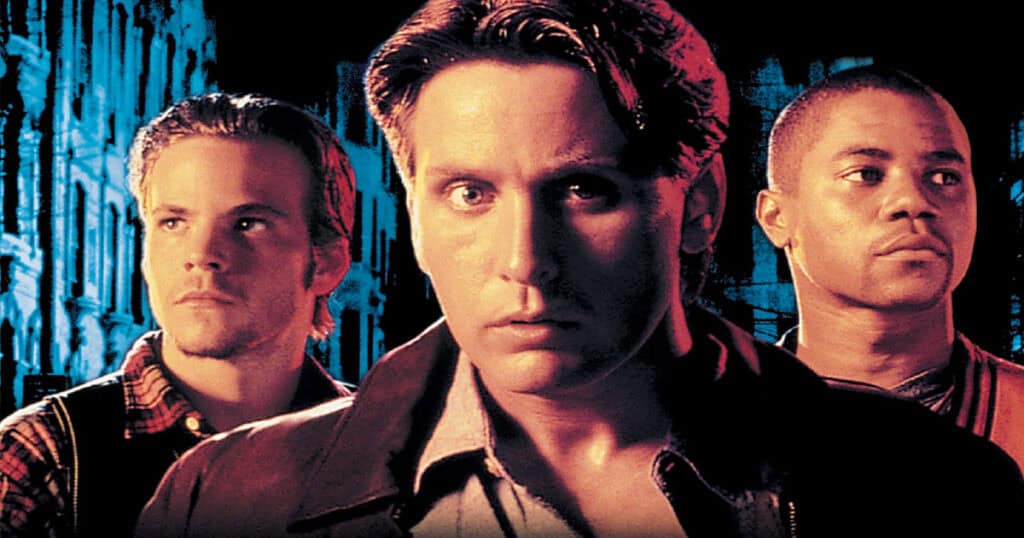
Director Stephen Hopkins had just worked with Largo producer Lawrence Gordon on Predator 2, which set a skull-collecting alien loose in Los Angeles. So Gordon brought him over to Judgment Night to have him tell another story of terrible things happening in a big city. Before the Predator sequel, Hopkins had directed the horror movie A Nightmare on Elm Street 5: The Dream Child. After making those two outlandish movies back-to-back, he was interested in doing something more down-to-earth. Gordon had also produced the Walter Hill classic The Warriors, which was about the lead characters being pursued by gang members in New York. But Hopkins wanted to go more realistic than that film. Chicago was chosen as the setting for Judgment Night. The action was scaled down. The rooftop motorcycle chases were removed. They got Lewis Colick, who was working with Largo and Fox on the thriller Unlawful Entry, to write a fresh draft of the script. Judgment Night went into production in 1992 – and the script had changed so much in the three years since Jarre copyrighted his version of it, he’s not even credited. Colick received the sole screenwriting credit and shares story credit with Jere Cunningham. During filming, Larry Ferguson of Highlander and Alien 3 was brought on to do some uncredited rewrites.
The story all these chefs cooked up centers on a group of four friends from the Chicago suburbs. Frank Wyatt and his wife recently had a baby, and after sitting at home for over three months, Frank is stir crazy. So he heads into Chicago to see a boxing match with his hot-tempered younger brother John. Ladies man Mike Peterson. And Ray Cochran, who has lied his way into test-driving an RV for the night. When they get stuck in a traffic jam on the way to the venue, Ray decides to get around it by taking the nearest exit. In the age of GPS, getting back to the expressway would probably be quick and easy. But since this is the early ‘90s, they can’t find their way back. They get lost in a rundown, desolate neighborhood. Things get worse when a young man runs out in front of the RV and gets clipped. And that’s not the only injury he has sustained, as someone shot him for stealing the money he has in a small bag. That money was stolen from a criminal kingpin named Fallon, who shows up with three of his lackeys and puts the RV out of commission. The thief is executed in front of Frank and his friends. And, of course, Fallon has a strict “no witnesses” policy. The rest of the film consists of Fallon and his goons pursuing our heroes through this bad neighborhood where the police rarely venture.
For the role of Frank, Hopkins was originally considering John Travolta. But this was before his career was revived by Pulp Fiction, when Look Who’s Talking movies were his main source of income. So Hopkins wasn’t able to convince anyone that Travolta could carry a thriller at that time. Ray Liotta, Tom Cruise, and Christian Slater were offered the Frank role and passed on it. When Universal turned to Emilio Estevez, they were desperate. Judgment Night needed to start filming before they lost the rights. So even though Estevez asked for more money than expected, four million dollars, they agreed to it. Cuba Gooding Jr. and Jeremy Piven were cast as Mike and Ray, and Stephen Dorff as Frank’s brother John.
The first choice for the lead villain, Fallon, was Kevin Spacey, as Hopkins had met him and found him to be suitably creepy. But then comedian Denis Leary came in and impressed with his intensity. So he became Fallon, with Peter Greene as his right hand man Sykes and Michael Wiseman as Travis, who isn’t fully on board with everything Fallon wants to do. Cast to play henchman Rhodes was Erik “Everlast” Schrody fromHouse of Pain, the group that had just had a huge hit with the song “Jump Around.”
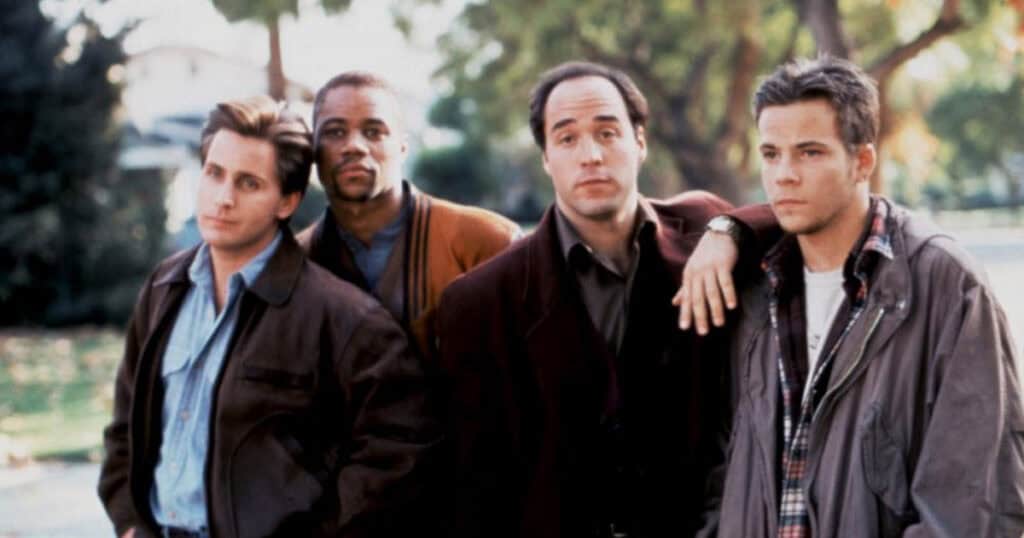
The characters are out of their element in a rough neighborhood. And the same could be said about the cast and crew. As Hopkins told Consequence of Sound, filming in Chicago was, “pretty dangerous. I was sending dailies to Universal to show them what we were shooting, and they thought it was all matte paintings. These were areas that were destroyed in the 1968 riots, really close to downtown. We went to some extreme places. We were in a dark basement looking around, and it seemed like the whole room was moving. We got out our flashlights, and it turned out the entire floor, walls and ceiling were covered with rats. You’d be driving down these areas, and there would be people sitting on porches with their rifles out.” There was a shooting near the set one night, and the next day the authorities moved in and closed the area down.
REVIEW: The movie benefited from being filmed in these parts of Chicago. But, of course, Hopkins and his go-to cinematographer Peter Levy didn’t present the areas in an entirely true-to-life way. Their Elm Street and Predator sequels had a Gothic look and feel to them, and they carried that over to this film as well. It may be an action movie, but they tried their best to make it look like a horror film. Putting characters in locations with deep, dark shadows. Almost presenting the film as if it could have been shot in black and white. But instead of black and white, a lot of the film has a yellow look to it. Because Hopkins and Levy were trying to match the yellow lighting of the sodium-vapor streetlights in the area. The horror movie look and Gothic vibe help Judgment Night stand out among action films. But it also delivers plenty of action at the same time.
It’s a very simple movie that goes through its one hundred and ten minutes at a good pace. It only takes fourteen minutes for the story to get our suburbanite heroes into the wrong neighborhood. And it’s off and running from there. The movie becomes one long stalk, chase, and fight sequence, during which the thrills and suspense never let up for too long. It almost starts to feel like a video game, with the characters moving from one level to the next. The killers track Frank and his buddies through a railyard. Into an apartment building. Across rooftops. Into the sewer. And end up in department store after hours. The standout set piece involves the group making their way across a rickety ladder from one roof to another. The ladder doesn’t hold together, threatening to drop them into the alley far below.
While the characters run and fight for their lives, each of them reacts differently to the dangerous situation they’re in. Ray is scared to death, in a total panic. And he finds out that his fast talk doesn’t work in this situation. Mike always wanted to see how he’d do in combat, and he goes a little too far into that mindset. John realizes he isn’t as tough as he thought he was. He can pick road rage fights on the expressway, but gets frozen in fear when he’s being stalked by armed criminals. Everyone says that Frank has gone soft since he got married and became a father. He finds the fight he used to have in him, but also figures out that home life with his new family isn’t something he should be seeking to escape from.
We know from the start that Frank is going to become our lead hero. And not just because he’s played by Emilio Estevez, who got a major payday. Throughout the movie, Frank is always the most sensible and level-headed character. But it does take surprisingly long for him to fully switch into hero mode. We’re more than an hour into the movie before Frank steps up and brings back some of the man he used to be. But Estevez is great no matter what mode Frank is in, and Gooding, Piven, and Dorff do great work around him.
Denis Leary was an unexpected choice for the lead villain in a movie like this. But when you see him in action, it’s clear why he won the role of Fallon. Critic Bobbie Wygant described Leary’s work in the movie as a “red hot performance,” which is a fitting way to put it. It’s red hot due to the burning rage he is barely able to contain most of the time. And which he gets to unleash in a few scenes. Hopkins said Leary’s anger is what made him so appealing. He used it to turn Fallon into a very memorable character.
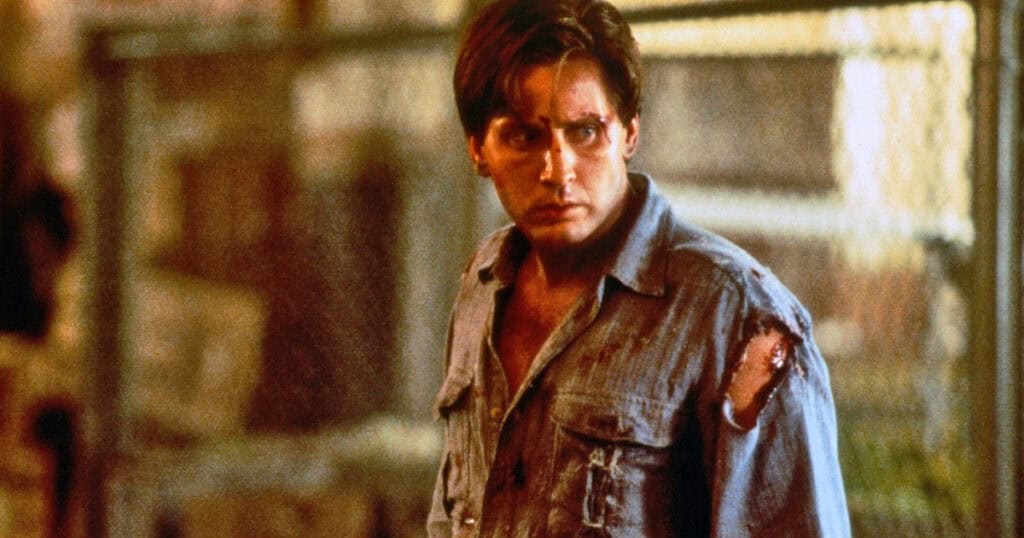
LEGACY/NOW: Judgment Night wrapped production in January of 1993 and was sent out to theatres that October. And given the horror influence, a Halloween season release didn’t seem like a terrible choice. But apparently it was, because not many people were interested in seeing Judgment Night on the big screen. It landed at number five at the box office its opening weekend and quickly sputtered out from there. Made on a budget of twenty-one million, it only earned twelve million during its U.S. theatrical run. Hopkins has saidthat one of the reasons why it didn’t do well was because there was a shootout at a Bronx screening of the movie. So it was blamed for inciting violence and pulled from cinemas. Whatever the case may be, it did poorly enough that there was a time when Hopkins simply wrote it off as “a real, absolute, total bomb.” Thankfully, he seems to have grown more fond of it over the years.
But even while few people were showing up to watch the movie, music fans were making its soundtrack album a hit. The film’s music supervisor Happy Walters – drawing inspiration from the Aerosmith and Run-D.M.C. collaboration “Walk This Way” – decided to put together an entire album of rock and hip-hop team-ups. The result proved to be so popular that it made its way to the number seventeen spot on the Billboard 200. And there were four singles released. Helmet and House of Pain brought us the song “Just Another Victim.” Faith No More and Boo-Yaa Tribe did “Another Body Murdered.” Biohazard and Onyx teamed up for the title track. And Teenage Fanclub and De La Soul did the song “Fallin’,” which plays in its entirety right at the beginning of the movie as a slow-motion shot moves through Frank’s neighborhood.
The other artist collaborations featured on the album were Living Colour and Run-D.M.C. Slayer and Ice-T. Sonic Youth and Cypress Hill. Mudhoney and Sir Mix-A-Lot. Dinosaur Jr. and Del the Funky Homosapien. Therapy and Fatal. And Pearl Jam and Cypress Hill. Tool and Rage Against the Machine also recorded a song called “Can’t Kill the Revolution” for the album. But they weren’t satisfied with how it turned out, so it wasn’t included. That didn’t stop fans from getting a hold of the track and sharing it, though. Speaking about the album, Hopkins told Consequence of Sound, “I wasn’t even sure how we were going to use the tracks at first, but then when I started hearing it, it just felt fresh. I don’t think there’s been an album quite like it. I guess it sold huge numbers of records. My daughter thinks it’s the greatest album ever made. I think the only reason she likes me doing the film is because of that.”
A lot of listeners would probably agree that the album was the best thing to come out of this production. But Judgment Night was able to gather a cult following once it hit home video. You don’t often hear it being referenced as an action classic, but it has its appreciative fans. Now, more than thirty years after its release, it also has a nostalgic edge. Becoming a movie thatpeople like to put on because they remember watching it in their younger days. Decades ago. It does feel like a movie that was very much of its time. And while it doesn’t exactly have any really mind-blowing sequences in it… it does still hold up as an entertaining viewing experience. So if you haven’t seen Judgment Night yet, seek it out. And if you have seen it, it’s definitely worth revisiting.


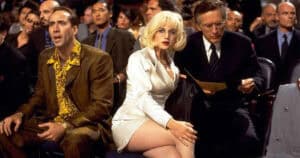
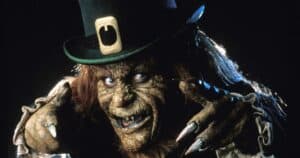
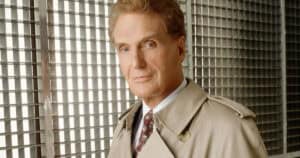
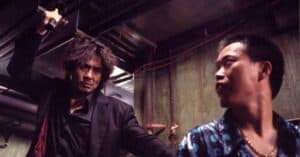
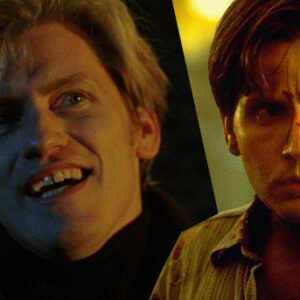
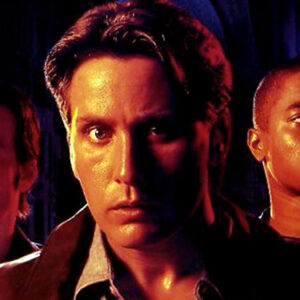
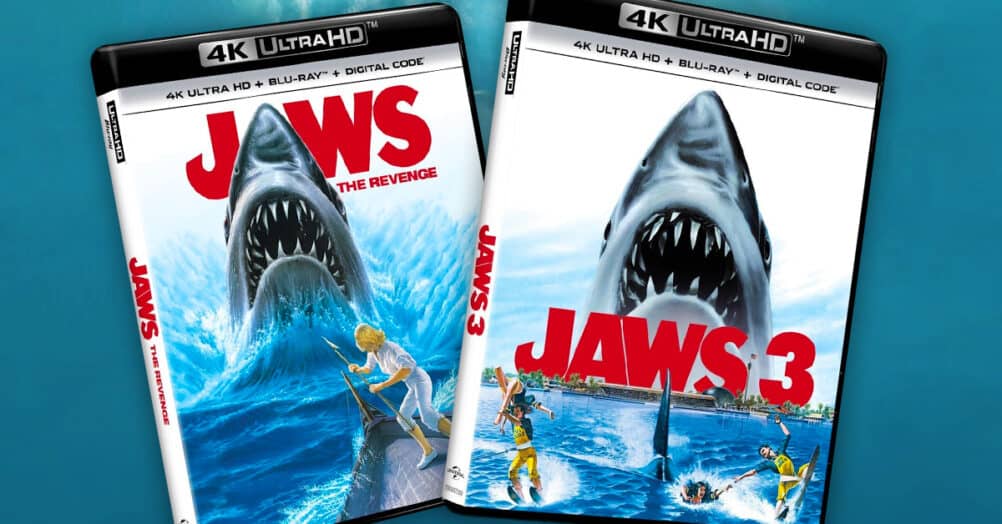
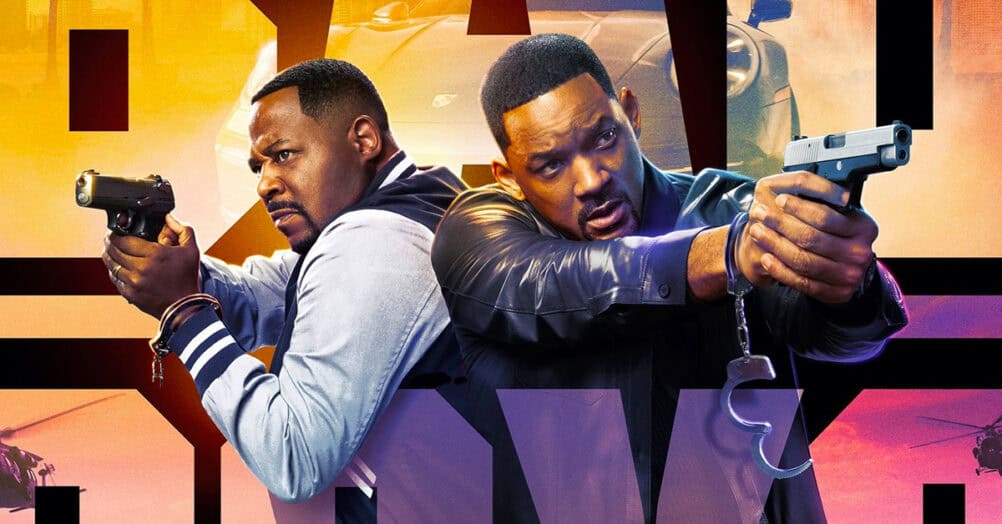
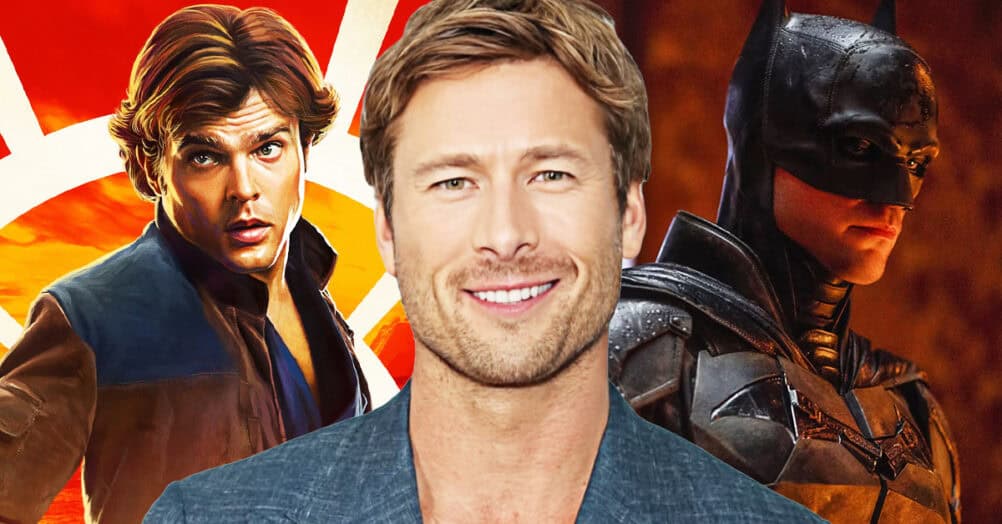
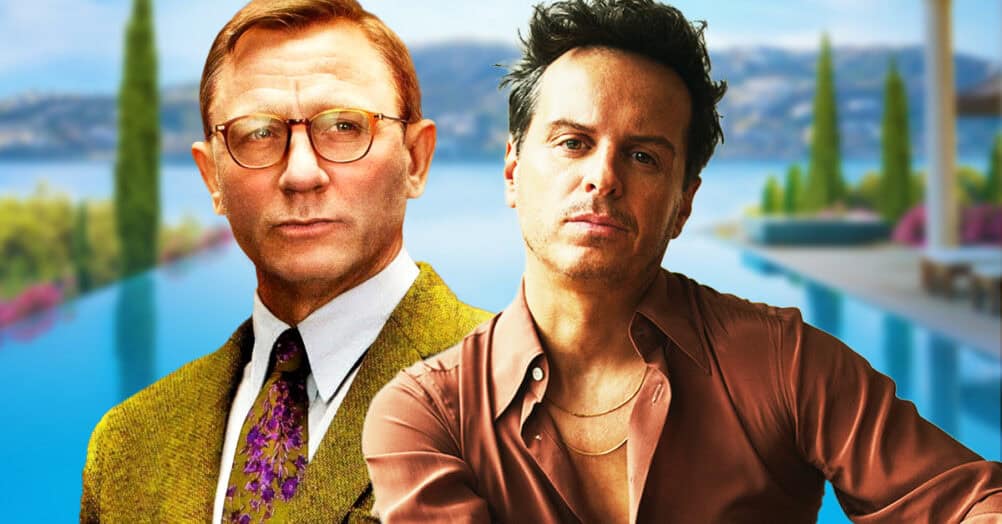
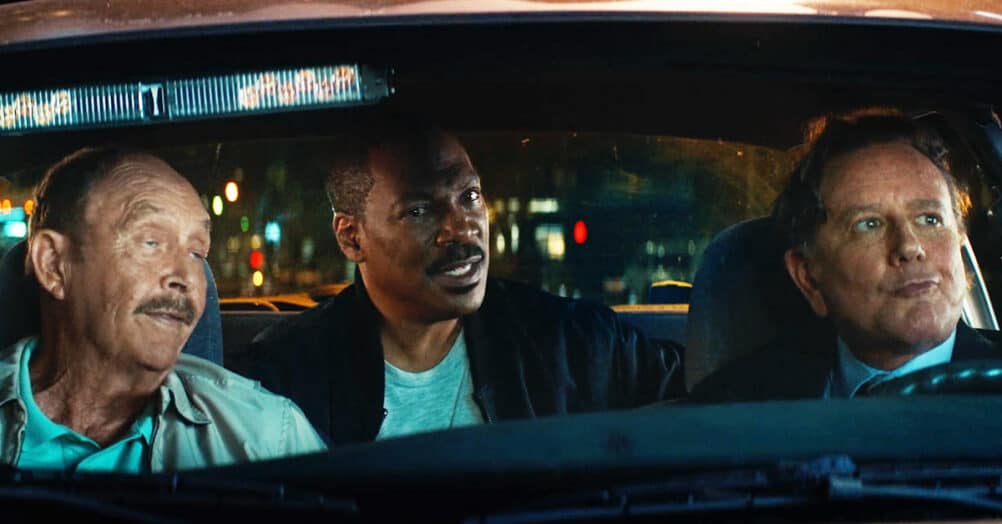
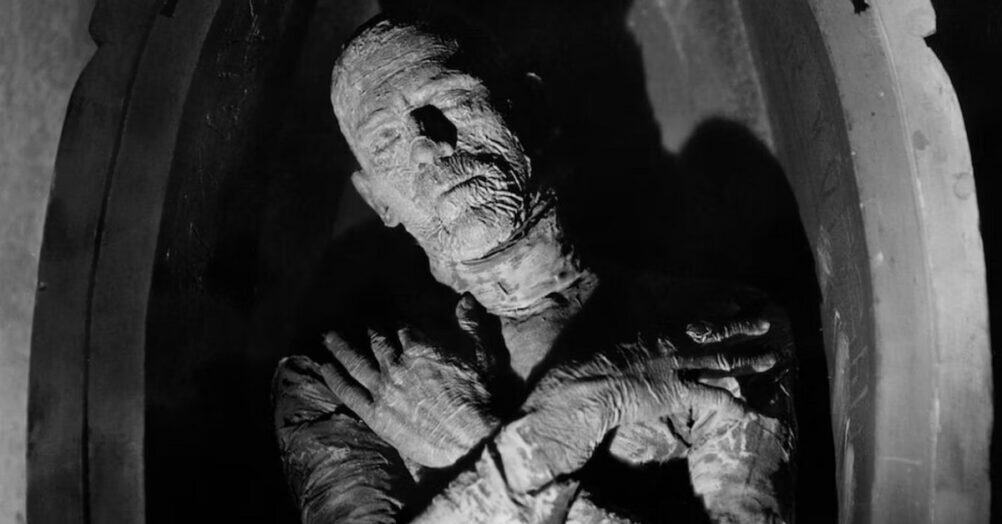


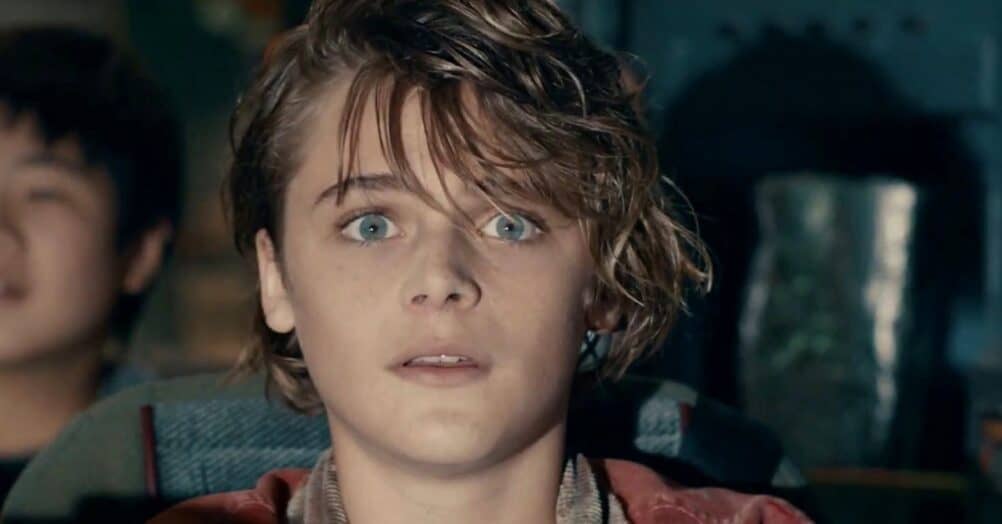

Follow the JOBLO MOVIE NETWORK
Follow us on YOUTUBE
Follow ARROW IN THE HEAD
Follow AITH on YOUTUBE